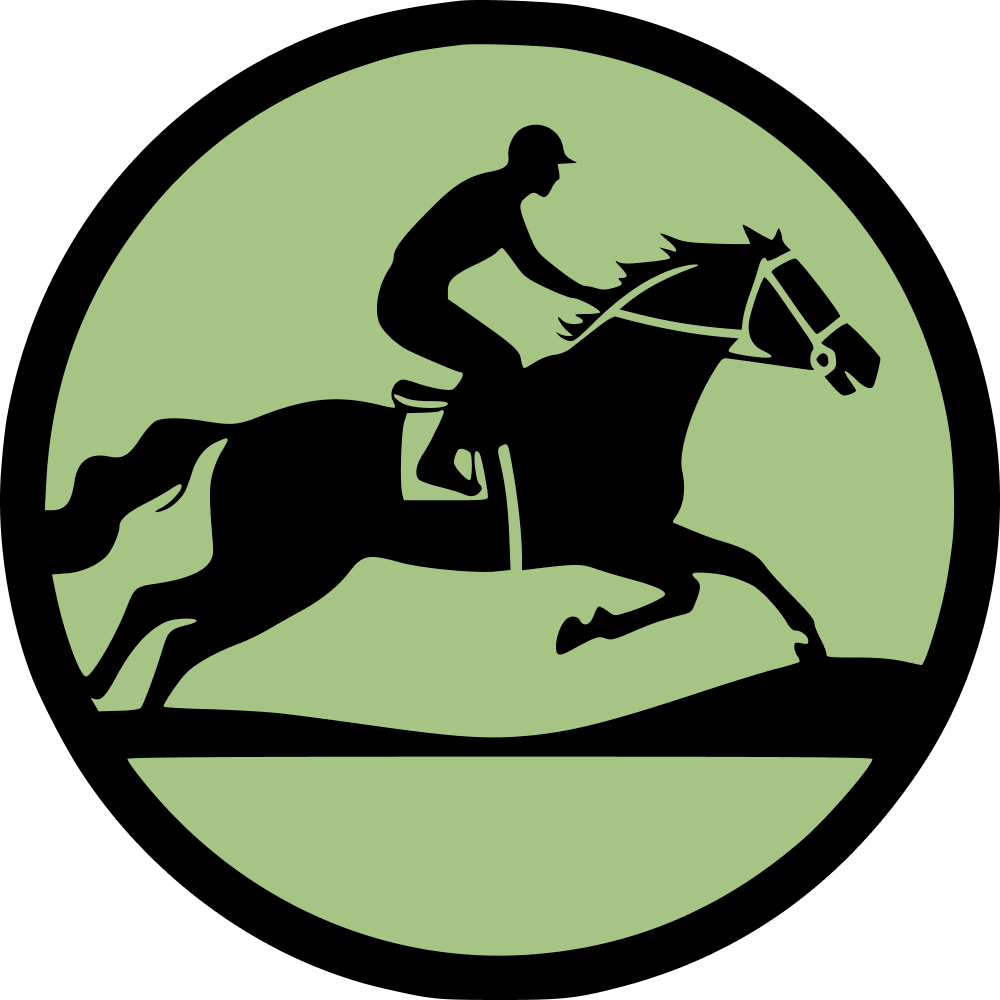Newbury Racecourse, located in the civil parish of Greenham near the town of Newbury in Berkshire, England, is a well-known venue for both horse racing and various events. The racecourse features tracks for both flat and jump races and is renowned for hosting one of the 36 annual Group 1 flat races in Great Britain, the Lockinge Stakes.
The proximity of Newbury Racecourse to the Lambourn training centre makes it a popular site for showcasing local equine talent, while also attracting competitors from other regions. Among its prominent races are the Lockinge Stakes and the Coral Gold Cup, previously known as the Hennessy Gold Cup.

Historical Background
Although Newbury Racecourse was established in 1905, horse racing in the area dates back to 1805 with the "Newbury Races," a two-day event held annually at Enborne Heath. This event continued until 1811, after which it moved to Woodhay Heath until 1815.
The present racecourse was conceived in the early 20th century when John Porter, a trainer from Kingsclere, proposed the creation of a new racecourse in Newbury. The project gained approval with support from King Edward VII. The Newbury Racecourse Company was established in April 1904, which then purchased the land and developed the facilities.
The inaugural race meeting at Newbury Racecourse took place on September 26 and 27, 1905. The first race, the Whatcombe Handicap, was won by Copper King, ridden by Charlie Trigg and trained by Charles Marnes. John Porter, the founder of the racecourse, also trained a winner during the event, with his horse Zelis securing victory in the Regulation Plate on September 27.
Shortly after the introduction of flat racing, National Hunt racing was introduced, and by 1906, the racecourse hosted a total of nine race days, with six flat races and three jump races. The venue has continued to offer both types of races and celebrated its centennial in 2005.
During World War I, the racecourse served as a prisoner-of-war camp for German soldiers. Queen Elizabeth II was a frequent visitor to the racecourse, particularly in 2012 when she celebrated her 86th birthday there.
In 2020, Newbury Racecourse faced significant financial challenges due to the COVID-19 pandemic, reporting a 68% drop in turnover during the first half of the year. In January 2021, the racecourse was repurposed as a COVID-19 vaccination centre.
On January 1, 2024, the racecourse announced a new partnership with The Online Betting Guide (OLBG), renaming the Owners Club to The OLBG Owners' Club. On April 20, 2024, OLBG also sponsored the £70,000 Spring Cup.

Concerts at Newbury Racecourse
In recent years, Newbury Racecourse has become a popular venue for live concerts, particularly through the "Party in the Paddock" events, which combine horse racing with live music performances during the summer.
One of the earliest concerts held at the racecourse was by the Welsh band Skindred in 2006, followed by performances by UB40 in 2008 and Boyzone later that same year during the Ladies Day race meet. Since then, the racecourse has hosted between one and three concerts annually, with notable acts including Madness, Tom Jones, Simply Red, and Olly Murs.
Lionel Richie was scheduled to perform at Newbury Racecourse in September 2012, but had to cancel due to illness. The American girl group Pussycat Dolls were also slated to perform in August 2020 as part of the Party in the Paddock, but the event was cancelled due to the pandemic.
The Party in the Paddock returned in 2021, with Olly Murs performing to an audience of 17,000, despite a knee injury that required him to wear a leg brace. Murs returned for a third performance in August 2023.

Facilities and Notable Incidents
The racecourse is equipped with its own railway station, which experiences increased traffic on race days. Additionally, the venue is a popular choice for conferences, meetings, weddings, and stag and hen parties.
On February 12, 2011, a tragic incident occurred when two horses, Marching Song and Fenix Two, collapsed and died in the paddock before the first race of the day. An investigation later revealed that an electrical cable leakage under the parade ring had caused the horses to suffer sudden cardiac arrest due to accidental electrocution. Despite initial speculation, no burn marks were found on the horses during post-mortem examinations.
This incident led to the abandonment of the remainder of the day's races and raised significant concerns about the safety of racecourse facilities.

